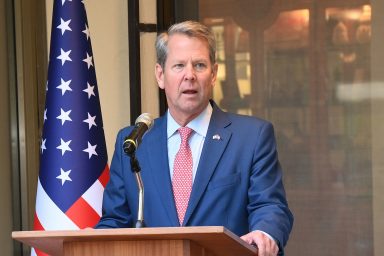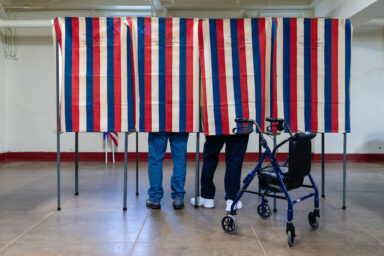These Wisconsin Counties Sided With Machine Recounts
They all saw considerable Red swings compared to 2012
Three Wisconsin counties with huge, unexpected shifts to Trump are not hand-counting some or all of their paper ballots — though they could if they wanted.
Three Wisconsin counties — with highly unexpected surges of votes to Donald Trump — have decided not to hand count their paper ballots when they have an option to machine-scan them. This could prove consequential in a state where just 22,177 votes separate the candidates.
The decisions of election officials shut the door on actually being able to conclusive
The counties are:
Outagamie (biggest city: Appleton)
Average margin of victory, last four presidential elections: 1,639 votes, GOP
This year: 13,480 GOP
Gain beyond average for GOP: 11,841
Brown (biggest city: Green Bay — home of the Packers)
Average margin of victory, last four presidential elections: 2,074 GOP
This year: 13,804 GOP
Gain beyond average for GOP: 11,760
Rock (biggest city: Janesville)
Average margin of victory, last four presidential elections: 17,080, DEM
This year: 7,845, DEM
Gain beyond average for GOP: 9,235
In an interview with WhoWhatWhy, Outagamie deputy county clerk Sara Hickey explained that Outagamie, like many other counties, has a complicated mix of voting technology types. These include paper ballots counted by hand, paper ballots fed into optical scanners, and touch screen electronic voting.
She said that the Board of Canvassers, made up of the County Clerk plus one representative of the Democratic and Republican parties, had voted not to allow a hand count of optical scan paper ballots where they could be fed through scanners.
“We decided not to hand count because machines are much more accurate than people,” she said. Thus, the paper ballots will be fed back through scanners.
Will the optical scans read the ballots differently this time? That seems highly unlikely, so we will never know whether those machines recorded votes accurately.
As for the touch screen machines, they too will almost certainly return the exact same result — and there is no way to discover whether those machines misrecorded votes.
Hickey said she did not know how many or what percentage of the ballots were of each type.
The bottom line is that only a limited percentage of ballots will be examined by hand — and those are the only ones that could possibly alter the outcome.
Such factors severely limit the likelihood of reversing the outcome from November 8 — though that always remains possible until the process concludes.
(source for margins: Jud Lounsbury)


